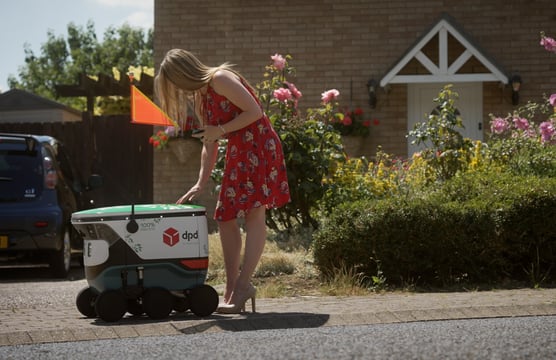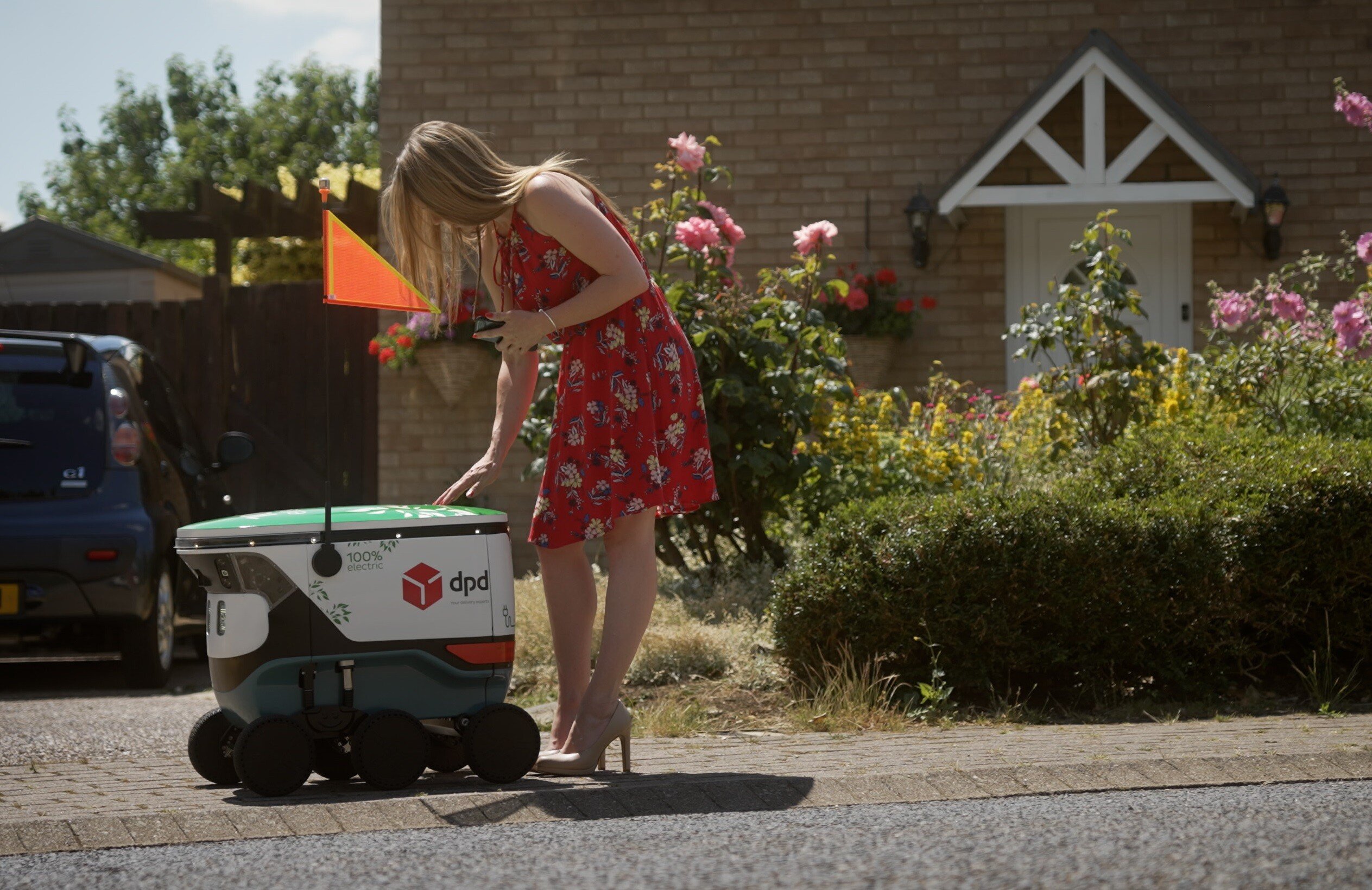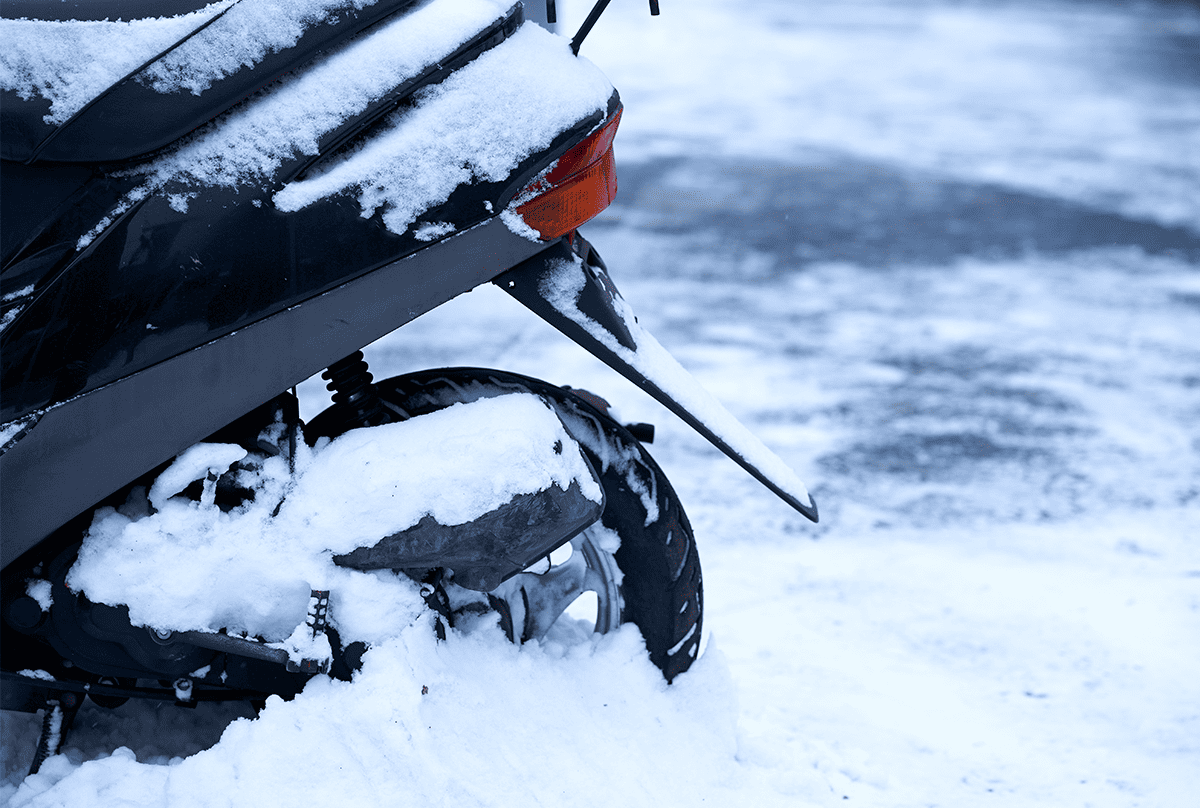Drones and robots and self-driving, oh my!
The future of delivery is changing. Drones are making smaller deliveries easier than ever by avoiding all the familiar headaches of delivery driving, like traffic and hard-to-get to locations.
But what could this mean for the delivery drivers of today?
Let’s click our heels and follow the yellow-brick road to the future, and see how the industry could change!
Delivering the future, now
There’s no denying that the on-demand economy has changed our shopping habits. It’s easier than ever to purchase goods and services on our phones with one tap. And with industry giants like Amazon offering same-day delivery, our expectations have also increased.
Delivery in 3-5 business days doesn’t sound as tempting as “Get it tomorrow”. It’s instant gratification.
According to a 2024 Attest survey, 42% of consumers order non-food items “mostly online”, with 8% responding “always online”. This represents an increase of 6% and 2.3% respectively compared to 2023.
To keep up with expectations, the delivery industry is coming up with innovative solutions to get deliveries to consumers.
What’s already out there?
The Robots
Back in 2022, delivery firm DPD trialled “autonomous delivery robots” in Milton Keynes. In partnership with Cartken, the robots were powered by AI technology and programmed to follow specific routes in two Milton Keynes neighbourhoods.
The robot is essentially a compartment on wheels. Customers will be notified that their parcel is ready to dispatch. Once they confirm they’re home, the robot will begin its journey to the customer’s address. Once there, the customer will need to use a code to unlock the compartment and retrieve their parcel. The robot will then return to the depot ready for its next delivery.

DPD aim to use these robots alongside their driver squad, and have confirmed they have no plans to replace their drivers. The robots are all part of DPD’s green initiative, where EV vehicles already make up over a third of their fleet.
The Drones
Drone deliveries are changing the game for getting packages to people, especially in hard-to-reach places. In Scotland, Royal Mail is testing drones to deliver mail to remote islands. These drones can carry up to 6 kg of mail, making deliveries faster and more reliable, even in bad weather. This project, called the Orkney I-Port, could become a permanent service, reducing the need for ferries and lowering carbon emissions.

In the U.S., companies like Zipline and Wing are also making big moves with drone deliveries, especially in suburban areas. These drones help get packages to people quickly, because they don’t have to deal with congested traffic on the roads. They’re also potentially better for the environment as they reduce the use of delivery trucks, lowering emissions and congestion.
Overall, drones are making deliveries faster, more reliable, and greener. Whether it’s delivering to remote islands in Scotland or suburbs in the U.S., drones are set to make a big impact on how we get our packages.
The Electric Vehicles
Electric vehicles or EVs are already making a huge impact on UK motoring. In 2023, there were 18% more EVs registered in the UK compared to 2022. Now, there are over 1 million EVs on the roads, and almost 20% of all new car sales are electric.
Delivery firms are following this trend, with electric-powered vans making up almost a third of DPD’s fleet, and Amazon ordering 100,000 new electric vans in the US alone.
There are also some quirky innovations, such as the EAV with a 100-parcel capacity and 15 watt battery to assist delivery drivers.
How could this change the future of the delivery industry?
At the moment, tech like drones and robots are making it easier for delivery firms to service customers who are harder to get to, or in areas where service is patchy.
Electric-powered vehicles help lower emissions in built-up areas like towns and cities, and means parcels get to customers sustainably.
Potentially, the future of delivery could look like robots carrying out one-off deliveries of smaller packages, freeing up delivery drivers for routes farther away from their depots.
Will drones replace delivery drivers?
It’s easy to think that the future of delivery means delivery drivers will be replaced by robots. But in reality, people crave human interaction and relationships, even with people we briefly interact with.
There is also evidence to suggest that the technology just isn’t ready yet. For instance, McDonald’s recently ended a trial using an AI-powered ordering system from tech giant IBM. Some customers received hundreds of chicken nuggets, and one customer had bacon added to their ice cream!
The increased usage of tech means the potential creation of new jobs in the industry, as the robots will need engineers, route planners, software engineers, operators, data analysts – the list goes on!
For now, the use of drones and robots for parcel delivery is still in its infancy. There are several problems to overcome, such as parcel capacity, cost to buy, and range. At road level, drones and robots are unable to access flats, use stairs, speak through intercoms etc so until those problems are solved, delivery drivers are here to stay.
Did you know you can get a delivery driver and courier insurance quote with INSHUR in minutes? All you need is your driver’s license, so why not get started now?
Sources:
Attest Survey
Forbes
DPD Sustainable delivery
How will delivery drones affect jobs?
Zapmap stats
Amazon electric vans
Royal Mail drone trial

.png)
.png)
